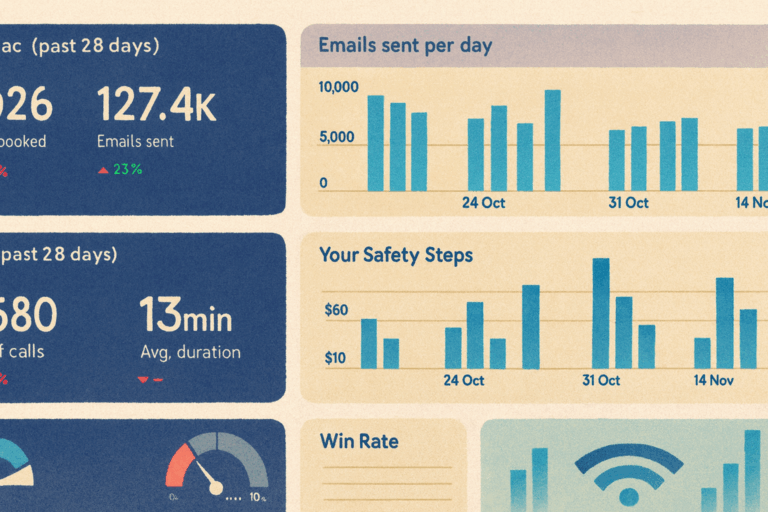Snapchat Isn’t as Private as Your Teen Thinks
Snapchat Isn’t as Private as Your Teen Thinks
It promises disappearing messages and secret chats — but that sense of privacy is exactly what makes Snapchat risky. Here’s what parents really need to know, written by a parent who understands both tech and teenagers.

What is Snapchat really for?
Snapchat built its success on one simple promise: your photos disappear. For teenagers, that feels like freedom — a way to talk without being watched. But it’s this very design that makes Snapchat difficult for parents to guide. Messages vanish, pictures fade, and activity leaves almost no trace. Yet behind that illusion of privacy sits a complex network of location tracking, AI suggestions and public stories.
The basics: who can sign up and what’s required
- Minimum age: 13 years old (though many younger children get around this easily).
- Setup: needs a phone number or email address, a name, and a date of birth.
- Identity: users are encouraged to make a cartoon “Bitmoji” avatar — it hides their real face but gives a false sense of anonymity.
The illusion of privacy
Snapchat makes messages disappear by default — but only from your screen, not from existence. The recipient can take a screenshot, record their screen, or use a second device to capture the image. Once it’s sent, it’s out of your child’s control.
The app also nudges users to stay engaged: streaks, trophies and Snap scores turn chatting into a competition. That constant social pressure means children are replying late at night, to people they barely know, just to “keep a streak alive”.
How strangers find your child
One of Snapchat’s biggest risks is how easily strangers can connect. Features like “Quick Add” and “Public Stories” let people appear in your child’s suggestions even without mutual friends. Once added, they can chat freely, send photos or videos, and even share their live location if Snap Map is switched on.
- Snap Map: turn this off or set to Ghost Mode so your child’s movements aren’t broadcast.
- Quick Add: disable under Settings → Privacy Controls → See Me in Quick Add.
- Contact Me: set to Friends Only so unknown users can’t message your child directly.
When “disappearing” turns dangerous
Snapchat’s temporary messages can make young people feel untouchable — but they also make them vulnerable. It’s one of the most common platforms used in cases of grooming, extortion and image-based abuse. Because content vanishes, victims often feel they have no proof or nowhere to turn.
Many of these situations start innocently: a new contact asks for a photo, or invites your child into a private group. From there, pressure builds. The safest rule to share at home? Nothing sent online ever truly disappears.
Family Centre: Snapchat’s new parental controls
Snapchat’s Family Centre is a useful addition — but it’s not a full solution. Parents can now see who their child is chatting with, without reading the messages themselves. It’s designed to open up conversation, not covert surveillance.
- Both parent and child need a Snapchat account.
- In the app, go to your profile → Settings → Family Centre.
- Tap Invite Parent / Invite Teen to link accounts.
- You’ll then see who your child has messaged in the last week, and can report any suspicious users.
Spotting when something’s wrong
If a child is being harassed, exploited or simply overwhelmed, you’ll often notice changes before they talk about it. Common signs include:
- Sudden secrecy around their phone or Snap notifications.
- Deleting and reinstalling Snapchat frequently.
- Unexplained new contacts or strange Bitmoji avatars.
- Staying up late to “keep streaks going”.
If you suspect something’s off, approach it calmly. Fear or punishment shuts down communication — reassurance keeps it open.
Practical family steps that actually help
- Keep Snapchat private; no location sharing or public stories.
- Link Family Centre and talk about what it shows.
- Make sure disappearing messages aren’t used as cover for secrecy.
- Encourage breaks from streaks and Snap scores — they don’t define friendship.
- Remind your child that mistakes online can be fixed if they speak up early.
Keep the conversation open
Snapchat isn’t automatically dangerous — but it’s built for adults, not children. Understanding how it works is far more effective than banning it outright. Keep the focus on trust, privacy and empathy. Ask what they enjoy about the app, what feels uncomfortable, and remind them they can always come to you if something goes wrong.







